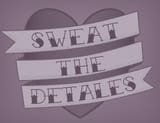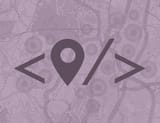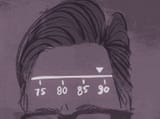
Sweat the Small Stuff
Time and time again, we’re told “don’t sweat the small stuff” and focus on the things that really matter. Typically, we hear this when we’re obsessing over a pixel here and a pixel there instead of concentrating on the direction and concept first. Most of the time, this makes sense and is sage advice—except for when it isn’t. At some point in every project, you have to focus on the minutia and work through the small stuff. For me, this typically comes in the implementation phase (and that’s okay).








